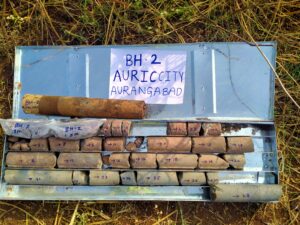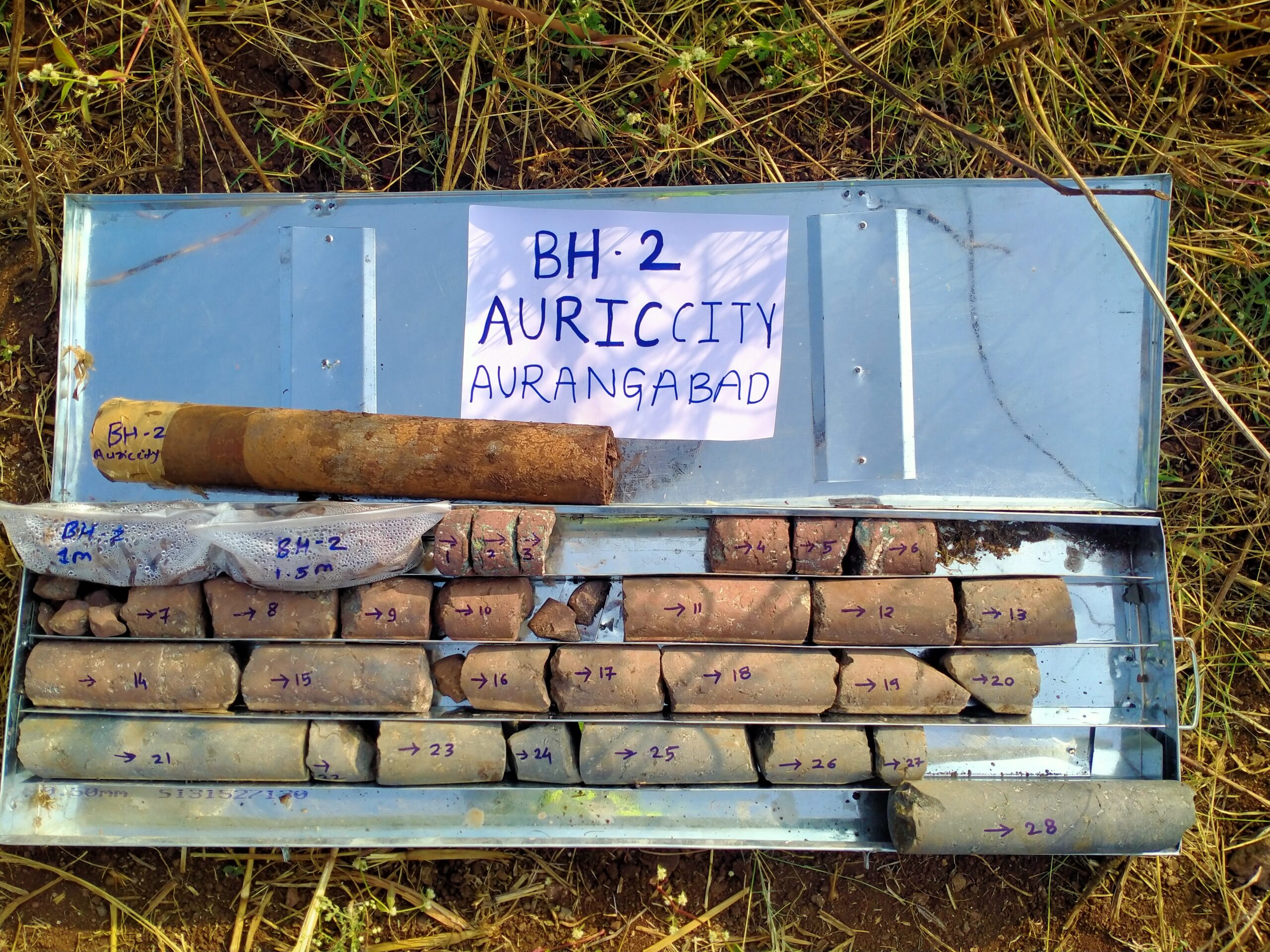Rock Quality Designation
In this article, we discussed RQD, how it is calculated, its significance, and the interpretation of results.
Rock Quality Designation (RQD) is a quantitative measure used to assess the degree of rock mass fracturing. It provides an indication of the quality and integrity of a rock mass by quantifying the continuity and size of intact rock pieces or core samples recovered during drilling or excavation.

RQD is typically determined by analyzing drill core samples and calculating the percentage of intact rock pieces longer than a specified threshold size. The threshold size is commonly set at 10 centimeters (4 inches), although it can vary based on the specific project requirements.
The calculation of RQD involves dividing the total length of intact rock pieces exceeding the threshold size by the total length of the drill core and multiplying the result by 100.
RQD = (Length of Intact Rock Pieces > Threshold Length / Total Length of Drill Core) * 100
The resulting RQD value represents the percentage of the drill core that consists of intact and recoverable rock material.
Higher RQD values indicate a more continuous and intact rock mass, suggesting better rock quality, while lower values indicate a more fragmented and discontinuous rock mass.
Significance
By incorporating RQD into geotechnical assessments and designs, engineers and geologists can gain valuable information about the rock mass quality, its behavior, and the potential challenges associated with rock-related projects.
Read about→ Rock mass rating (RMR)


